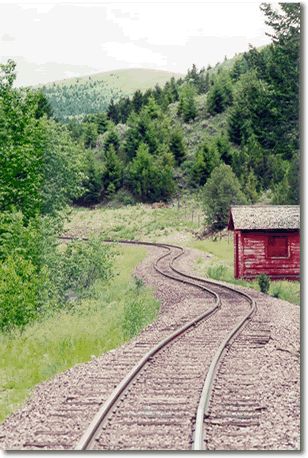I bought a Bachman Connie at ECLSTS at an unbelievable price. Other than a quick test run on Ric’s timesaver, it’s been in the box since then, waiting for the dust to clear from my indoor re-build.
The Roadbed work was completed last weekend, so I decided to open the Connie this weekend. It’s maiden run pointed out a number of clearance problems on my pike. I snapped off a foot board from the tender by hitting an Aristo switch control box. Outdoors on the elevated roadbed, some of the vinyl edging I’m using to hold ballast in place is too high, and the rods hit causing the engine to jump around a bit. These are all problems I can easily fix.
The biggest disappointment was the Connie’s pulling power. I could not get my sound car + two box cars and a caboose up my 4% grade which includes a 90 degree of about 10 Ft. Radius. Once helped around the curve, it was able to handle the grade on straight track.
I haven’t gone looking yet, but I assume this problem has been addressed by adding weight.
Any horror stories / advice ?
Thanks,
JR
